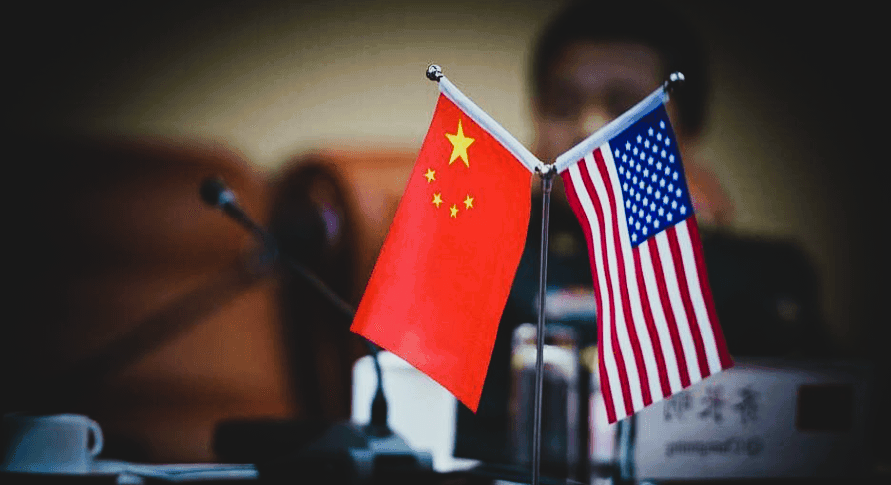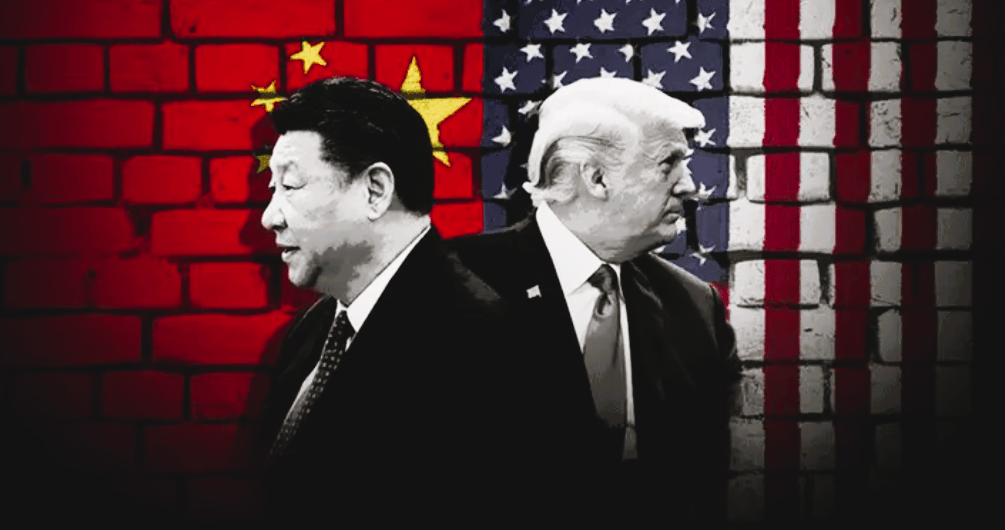
🔍 Introduction
U.S.–China Trade Talks: The economic tug-of-war between the United States and China has entered a new chapter. In a surprising development, President Donald Trump has declared a “total reset” in trade relations between the two global powerhouses. Following a series of intense tariff negotiations in Geneva, this potential turning point could significantly reshape the global economic landscape.
But what does a “total reset” really mean? And how might it impact businesses, consumers, and international markets?
🧩 What Led to the Reset?
After years of tariffs, sanctions, and stalled negotiations, both the U.S. and China returned to the discussion table in May 2025 under mounting pressure from their respective industries.
Talks in Geneva marked the first formal engagement in over two years, with both sides signaling a willingness to recalibrate their economic strategies.
The U.S. delegation emphasized market access for American tech companies.
China pushed for relaxation of restrictions on semiconductor imports and the removal of punitive tariffs.
President Trump described the discussions as “one of the most constructive trade dialogues in recent history,” highlighting shared interests in stability and mutual benefit.
📈 Economic Impact: Winners and Losers
The announcement of a reset triggered immediate reactions in global markets:
Dow Jones jumped 3.4% the following morning.
Chinese Yuan saw a slight appreciation against the U.S. Dollar.
Tech giants like Apple and NVIDIA reported optimistic outlooks.
However, not all sectors are poised to benefit. American agriculture and steel industries, which have been in limbo since the original tariff war began, remain cautious. Farmers are still waiting for confirmation of export opportunities, while steel manufacturers fear an influx of cheaper Chinese products.
🌐 What’s at Stake?
A true reset could influence:
Supply chain resilience between Asia and North America.
Global inflation trends, especially in tech and manufacturing.
Geopolitical dynamics, as trade agreements often affect diplomatic relations.
💬 Expert Insight
According to trade analyst Emily Reyes of the Brookings Institution:
“This reset isn’t just about tariffs. It’s a shift in how two of the world’s largest economies are choosing to collaborate amid complex global challenges like AI dominance, energy transition, and digital currency wars.”
📉 Possible Roadblocks
Despite the optimistic tone, experts warn that several red flags remain:
No official agreement has been signed yet.
Intellectual property rights and data security remain sticking points.
Taiwan remains a geopolitical wildcard in the talks.
High-Stakes Talks: US and China Discuss Tariff Standoff Amid Rising Tensions

In a crucial diplomatic effort, China’s Vice-Premier He Lifeng held an eight-hour meeting with US Treasury Secretary Scott Bessent and US Trade Representative Jamieson Greer in Geneva. This marked their first in-person discussion since the two economic giants escalated tensions by imposing steep tariffs exceeding 100% on each other’s goods.
The trade war has intensified significantly this year, with former President Trump’s tariffs on Chinese imports now standing at 145%, while certain products face cumulative duties as high as 245%. In response, China has retaliated with 125% tariffs on key US exports, effectively bringing bilateral trade—worth nearly $600 billion annually—to a near halt.
The closed-door talks, held at the residence of Switzerland’s UN ambassador, concluded without any official statements or signs of a breakthrough. Both sides remained tight-lipped about the discussions, leaving observers uncertain about potential steps to ease the economic strain.
The meeting followed months of escalating friction after Trump’s tariff offensive began in February, triggering Beijing’s countermeasures. The dispute has not only disrupted global supply chains but also rattled financial markets, fueling concerns over a possible worldwide economic slowdown.
While the exact location of the negotiations was undisclosed, witnesses reported seeing delegates from both nations returning to the UN ambassador’s villa in Cologny after a lunch break. Ahead of the talks, US officials, including Bessent and Greer, were seen leaving their hotel with measured optimism, though they avoided press comments. Meanwhile, vehicles from the Chinese delegation’s hotel were spotted departing with tinted windows, maintaining their characteristic secrecy.
📌 Final Thoughts
While it’s too early to celebrate a full-scale economic partnership between the U.S. and China, the reset rhetoric signals an important shift in global diplomacy. As further negotiations unfold, industries worldwide will be watching closely.
Whether this move leads to lasting change or is simply a political maneuver ahead of the 2026 elections, only time will tell.
✅ Key Takeaways
President Trump calls trade talks a “total reset.”
Markets respond positively, but challenges remain.
Outcome could shape global trade patterns for years.
🗣️ What are your thoughts on the U.S.–China trade reset? Could this be the start of a new global economic era? Let us know in the comments!
